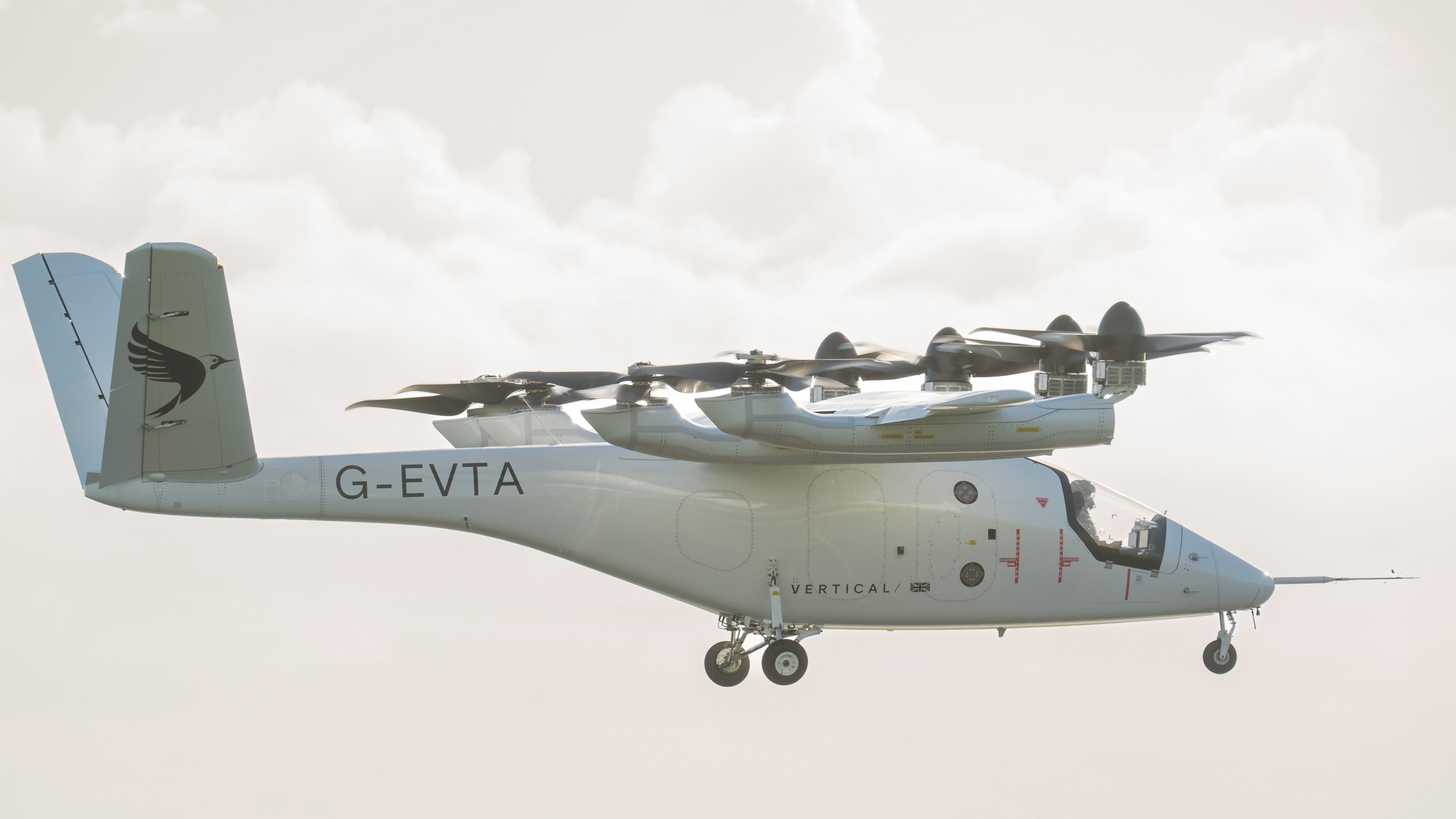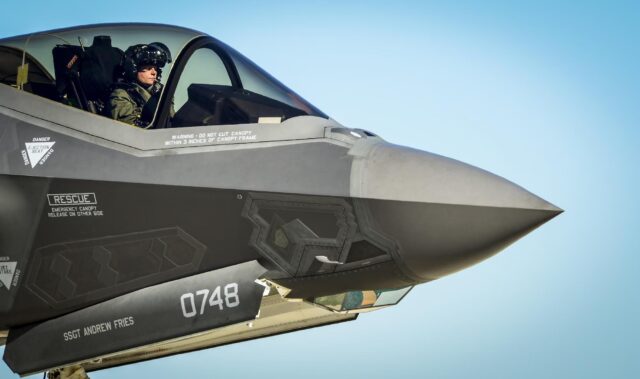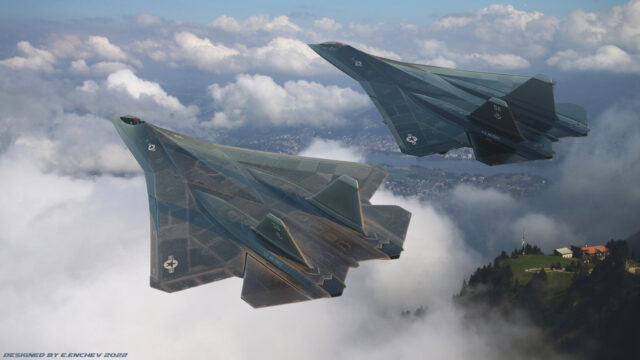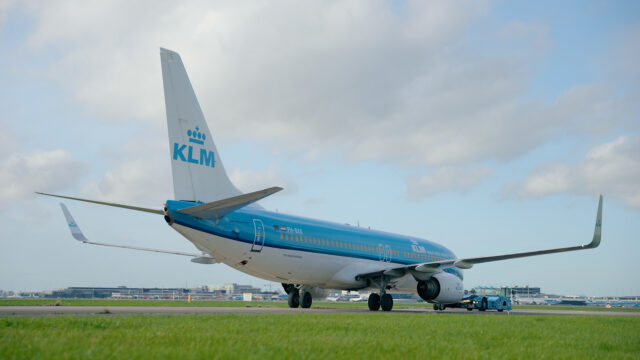Inside Vertical Aerospace’s roadmap to a piloted transition flight for VX4 eVTOL by the end of 2025

November 13, 2025

Vertical Aerospace has moved to the final stage of testing its VX4 eVTOL aircraft, having received its Permit to Fly from the UK Civil Aviation Authority (CAA) today, 13 November.
This allows it to begin Phase 4 test flights, which will take the aircraft through several stages to progress to the milestone piloted transition flight, which the company says will now happen before the end of 2025.
The transition flight is the final piece of the puzzle on Vertical’s certification journey, demonstrating that the VX4 can safely and seamlessly switch between hovering and wingborne flight. But to get to that point, the team must prove the aircraft in stages, a process that could take just 11 flights and be completed in weeks.
Get the latest eVTOL and AAM news at AGN
How Vertical Aerospace will get to a piloted transition flight
Wasting no time at all, Vertical’s test pilot, Paul Stone, flew the first flight of Phase 4 earlier today. But this was not a full transition flight by any means.
Vertical Aerospace shared its flight testing roadmap for Phase 4 with AGN, which shows how each of the stages will progress. Stone’s flight today was the first flight under Profile 1, which the company suggests will require around three flights to complete.
| Phase | Flights (approx.) | Description |
|---|---|---|
| Profile 1 | ~3 |
• Speed expansion from thrustborne to 60 knots • Tilt system acts in the first half of rotation from vertical to horizontal |
| Profile 2 | ~2 |
• Conventional take-off and decelerate from wingborne • Deploy rear props then re-stow props • Land conventionally |
| Profile 3 | ~2 |
• Take-off conventionally • Transition to thrustborne landing • Include rolling landings and hover landings |
| Profile 4 | ~2 |
• Take-off vertically • Transition to wingborne • Land conventionally |
| Profile 5 | ~2 |
• Take-off vertically • Transition to wingborne and cruise in wingborne • Transition back to thrustborne • Land vertically |
Today’s flight would have seen the VX4 starting in thrustborne mode, held up purely by its propellers, much like a helicopter. During speed expansion, the test team gradually increases forward speed, in this case up to 60 knots (69 mph), while the aircraft remains in this vertical-lift state.
The purpose is to:
- confirm stability as aerodynamic forces begin to build on the wing
- map how the aircraft behaves at progressively higher speeds
- identify any vibration, control, or handling issues before moving into deeper transition testing
It’s essentially a safe, controlled push towards the speeds needed for wingborne flight.
There is some rotor movement in this phase, however. The first half of the tilt movement will be tested, meaning the transition will be from vertical to halfway towards horizontal. By limiting the rotation to the first half, engineers can safely validate:
- how the aircraft responds as the tilt mechanism begins moving
- aerodynamic loads during early transition
- control authority as rotor thrust gradually shifts forward
- how well the flight-control system blends propeller lift with emerging wing lift
This early shakedown will confirm that the tilt system behaves as expected before committing to full transition.

Profiles 2 to 5 gradually layer on extra levels of complication, or test different parts of the transition process. Profile 2 will see the VX4 in wingborne mode, testing how deploying the rear props affects the stability of forward flight.
Through each phase, the team will prove another element, until finally Profile 5 will see the VX4 completing the mission it was built to achieve – a vertical takeoff hover, transitioning into forward flight, then back to hover for a vertical landing.
Getting to this stage will be a milestone achievement for Vertical Aerospace; getting there before the end of the year will probably be the best Christmas present the team could wish for.
Beyond a piloted transition flight, Vertical has a long way to go before its aircraft is certified. The company is currently targeting 2028 for type certification with the CAA and EASA.
Getting to Phase 4 is a landmark for Vertical Aerospace
The road to a piloted transition flight has already been long. Prior to the approval of Phase 4, Vertical Aerospace has been through months of rigorous testing in previous phases:
| Phase | Description | Status / Date |
|---|---|---|
| Phase 1: Tethered | The VX4 prototype performs stabilised hover while loosely tethered to the ground. | Complete 12 September 2024 |
| Phase 2: Thrustborne | The VX4 takes off and lands vertically and performs low-speed manoeuvres with lift generated by the propellers. | Complete 4 February 2025 |
| Phase 3: Wingborne | The VX4 takes off, flies and lands like a conventional aircraft, with lift generated by the wing. | Complete 5 September 2025 |
| Phase 4: Transition | The VX4 transitions between thrustborne and wingborne flight, and back again. | Underway Full transition expected before YE 2025 |
Each phase saw Vertical adding another string to its bow and attracting a healthy level of attention. At this year’s Royal International Air Tattoo (RIAT), the VX4 put in a surprise appearance, clocking up the first airfield-to-airfield flight of such an aircraft in the process.
But obtaining the permission to fly for this final stage was a daunting task. Vertical shared that more than 20,000 pages of safety and technical information were handed over to the CAA as part of the application.
“Our team has spent months verifying every core system under close regulatory oversight, reflecting our unique and robust approach to certification,” says Stuart Simpson, CEO of Vertical Aerospace. “Phase 4 is a critical demonstration of the VX4’s unique tiltrotor capability and a major technical and certification unlock.”
At its recent earnings call, Vertical Aerospace described the certification process as being ‘front-loaded,’ noting that the bulk of the hard work had already been completed. The team will build seven confirming VX4 aircraft for the certification campaign, one of which is pegged to be putting in an appearance at Farnborough Air Show next summer.
For now, the next milestone will be the full piloted transition, which, if all goes to plan, will round of a very successful 2025 for Vertical.
















